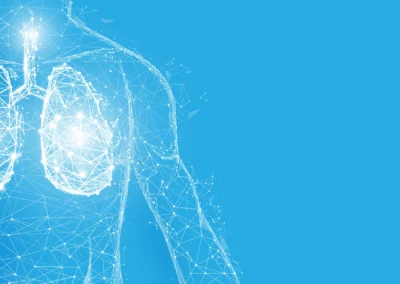
CERTAIN
Delivering technical tools, guidelines and solutions for trustworthy, certified, and sustainable AI deployment to ensure compliance, assess data quality, measure biases, and protect privacy.
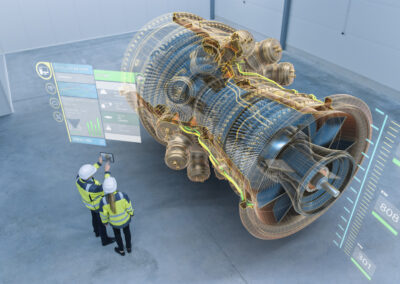
CASANDRA
Intelligent, decentralized control in the manufacturing of large components for the naval and energy industries, enhancing precision, quality, sustainability, and efficiency. It advances the autonomous factory concept aligned with Industry 4.0.
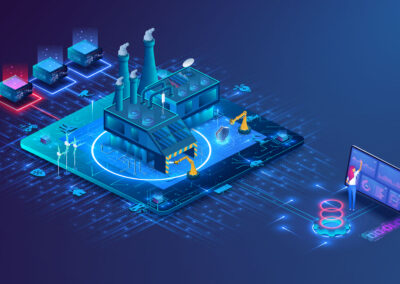
GENIUS
Empowering Clean-energy Transition of Energy Intensive Industry Through Advanced and Innovative Digital Tools.

BUILDMA
BUILDings intelligent MAnagement system based on edge computing. Internet of Things (IoT), Explainable AI (XAI), Distributed Ledger Technologies (DLT) for Intelligent Buildings Management System (BMS).

BOSOMSHIELD
A comprehensive computer aided diagnosis (CAD) system based on radiologic and pathologic image biomarkers for diagnosis and prognosis of breast cancer relapse.

SMILE
Harnessing digital technologies to strengthen mental health care: an Integrated Approach to Clinical Decisions and Evidence-Based Interventions

CANLEISH
Smart, portable, non-invasive and real-time gas sensing approach to revolutionize the diagnosis of Canine leishmaniasis.
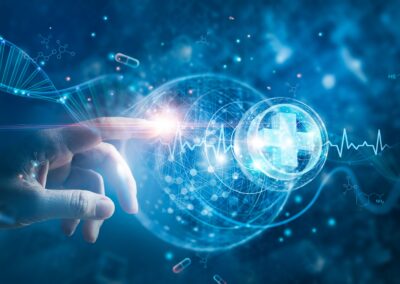
INDUSTRIAL PhD
Development of new IoT chemoresistive gas sensors: from advanced material synthesis to computational missing data handling.
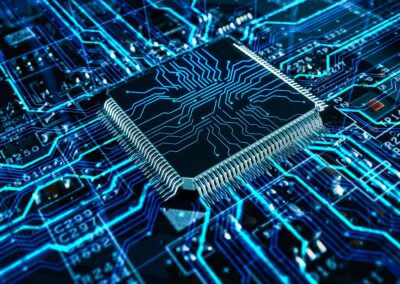
SoÑAMoS
Design of microelectronic architectures in ASIC format, based on HW accelerators optimized for IoT applications in the health sector.
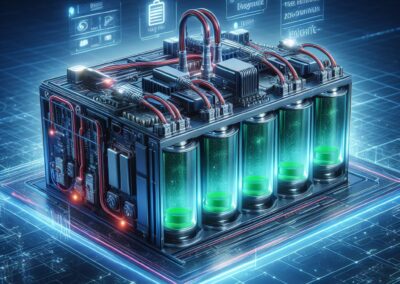
DIGIBAT CPP
DIGIBAT aims to advance battery management systems (BMS) by offering systems to enhance battery control and provide more valuable information
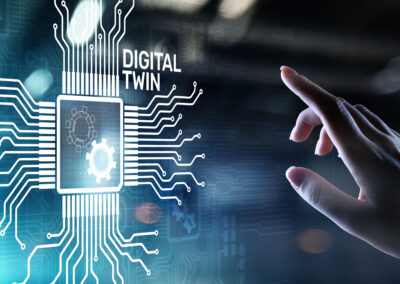
DIGIBAT NCL
DIGIBAT proposes a new battery management system combining the latest advances in sensor technology, connectivity, and modeling
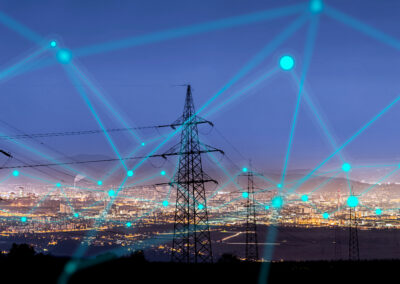
HIBRID-E
HIBRID-E focuses on the hybridization of smart energy grids, from components to the entire system
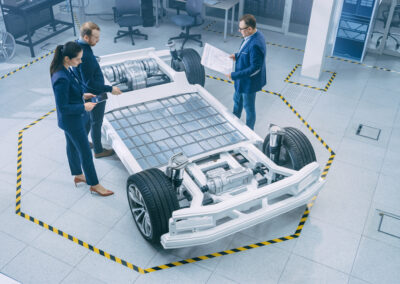
iBattMan
iBattMan aims to develop a next-generation BMS platform addressing limitations of current solutions

Generdis
Research on new photovoltaic technologies, energy storage, and energy management for distributed generation under the paradigm of energy communities.
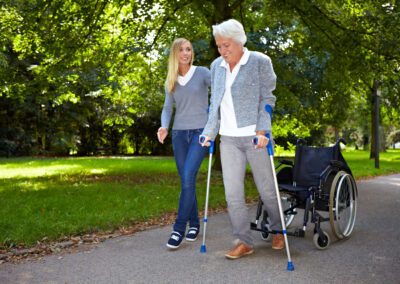
Aura
Remote contacless health monitoring in Stroke and Spinal cord injury patients to help in the neurorehabilitation process

Vetllar
New technologies based on the integration of gas sensors by colorimetry for the patient' activity detection and contactless vital signs sensing
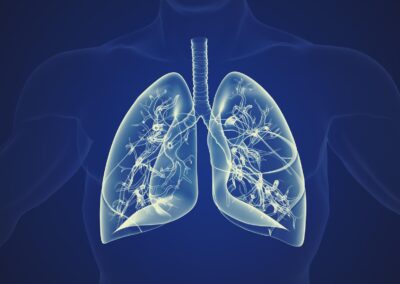
Champ
Monitoring system for patients with bronchial asthma and their exposure to air pollutants commonly found in urban areas
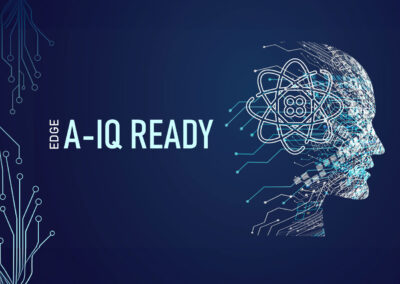
A-IQ Ready
Cutting-edge quantum detection, innovative continuous orchestration of AI, and distributed collaborative intelligence technologies to implement the vision of intelligent and autonomous electronic components and systems in the digital realm
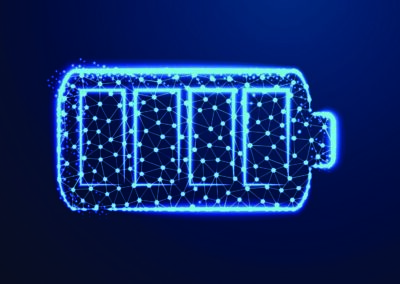
Cuber
Development and Validation of the First 5 kW Copper Redox Flow Battery Prototype for Stationary Storage Applications, Achieving Sustainability, Cost-effectiveness, and Performance Utilizing Novel Material, Innovative Design, and Intelligent Control
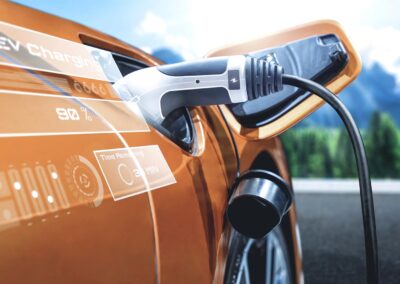
Helios
New Concept of an Intelligent, modular, and scalable Battery Pack for a wide range of Electric Vehicles used in Urban Electromobility Services, from mid-sized Electric Vehicles to Electric Buses

Rhodas
Reinventing high-power, high-frequency power converters for heavy-duty long-haul electric vehicles to obtain improved performance, safety, reliability, cost and sustainability

